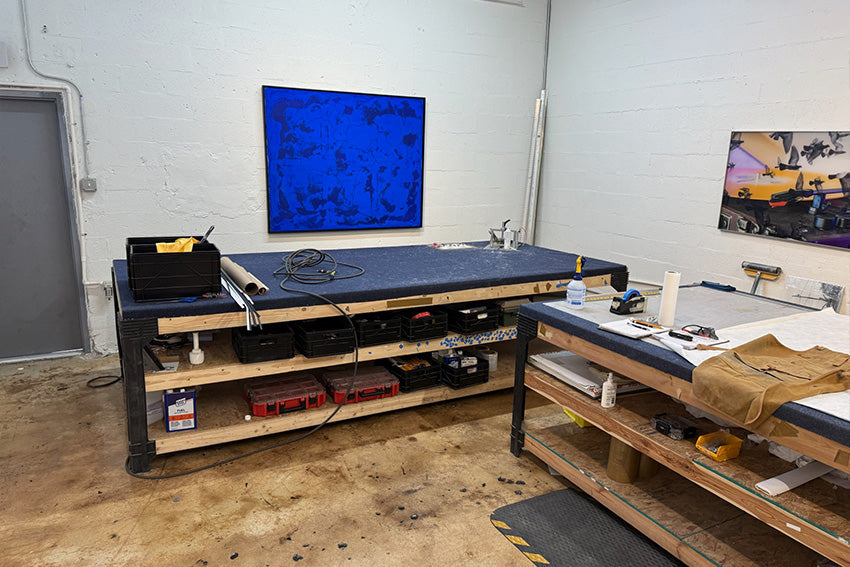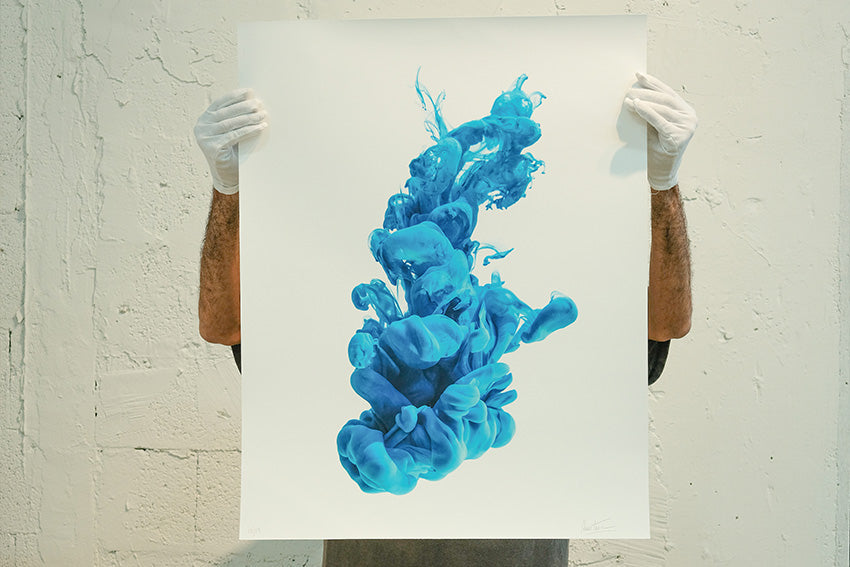How to Prepare Your Files for Museum-Quality Printing: A Professional Guide

The quality of your print doesn’t just depend on the printer or the paper — it starts with the digital file. Even the best fine art printer can only reproduce what’s in the source file. If the file is too small, incorrectly formatted, or poorly prepared, the final print will fall short of expectations.
At The Color House Miami, we’ve spent decades helping artists, photographers, and designers achieve flawless museum-quality prints. This guide walks you through every step of preparing your files, so your artwork is reproduced with the clarity, depth, and accuracy it deserves.
Step 1: Choose the Right Resolution
Resolution is the foundation of print quality.
-
Standard for Fine Art: 300 DPI (dots per inch) at the final print size.
-
What This Means: If you want a 16x20” print, your file should be at least 4800 x 6000 pixels.
-
Common Mistake: Enlarging a low-resolution file — this creates pixelation and blur.
Pro Tip: If you’re unsure about your file size, our team can evaluate and recommend adjustments before printing.
Step 2: Work in the Correct Color Space
Color management ensures your print matches your vision.
-
sRGB: Best for web and digital viewing.
-
Adobe RGB (1998): Wider gamut, preferred for printing.
-
ProPhoto RGB: Extremely wide gamut, used by advanced professionals.
At The Color House, we recommend submitting files in Adobe RGB for the most accurate results in giclée printing.
Step 3: File Formats Matter
Different formats serve different purposes.
-
TIFF: Lossless, ideal for fine art printing.
-
PSD: Acceptable if you’re still editing in Photoshop (keep layers intact).
-
JPEG: Fine for smaller prints but avoid heavy compression.
-
PDF: Useful for vector-based designs.
Pro Tip: Always export at maximum quality settings. Avoid saving and resaving JPEGs, as each compression can degrade quality.
Step 4: Check Image Quality
Before sending files for print, review:
-
Sharpness: Zoom in 100% to check details.
-
Noise: Minimize grain in darker areas.
-
Cropping: Leave space around the subject to avoid cutting off during trimming.
Step 5: Calibrate Your Monitor
If your screen isn’t color calibrated, what you see may not match what’s printed.
-
Use a hardware calibration tool like X-Rite or Datacolor.
-
Recalibrate monthly for consistent results.
-
Adjust your workspace lighting — avoid overly bright or tinted light.
At The Color House, we calibrate our printers and monitors regularly to industry standards (ICC profiles).
Step 6: Prepare Files for Size & Bleed
Large-format printing often requires extra preparation:
-
Bleed: Add 1/8” (3mm) border beyond the trim line to avoid white edges.
-
Aspect Ratio: Match file proportions to the intended print size.
-
Upscaling: If enlarging, use professional software (like Adobe Photoshop or Gigapixel AI) to maintain detail.
Step 7: Save a Master File
Always keep a master file in the highest quality format (TIFF or PSD). From there, export smaller versions (JPEG, web-optimized, etc.) as needed.
Common Mistakes to Avoid
-
Sending low-resolution images for large prints.
-
Submitting files in RGB instead of Adobe RGB or CMYK when required.
-
Cropping too tightly, leaving no margin for framing.
-
Ignoring dust, scratches, or marks on scanned originals.
The Color House Miami File-Prep Checklist
Before sending your files, ask yourself:
-
Is the resolution 300 DPI at final size?
-
Is the file in Adobe RGB?
-
Is it saved as TIFF/PSD (not overly compressed JPEG)?
-
Did I check sharpness, cropping, and noise?
-
Is my monitor calibrated?
FAQs About File Preparation
Q: Can you fix a low-resolution file?
A: We can upscale within reason, but we always recommend starting with the highest quality source possible.
Q: Do I need to flatten my Photoshop file?
A: No — you can send layered PSDs, but TIFF is preferred for finished work.
Q: Do you provide test proofs?
A: Yes, we offer proofing so you can review and approve colors before the full run.
Why Professionals Choose The Color House Miami
We don’t just print files — we ensure they’re optimized for perfection. Our services include:
-
High-resolution scanning of originals.
-
Color calibration and proofing tailored to your vision.
-
One-on-one consultations to guide you through file preparation.
-
Archival materials and giclée printing for museum-quality results.
A flawless print starts with a flawless file. By preparing your images correctly — from resolution to color space to file format — you ensure your artwork is reproduced exactly as you imagined. At The Color House Miami, we’re here to support you every step of the way, from file prep to final print.
Ready to create museum-quality prints?
Contact The Color House Miami today for expert guidance and premium printing services.



